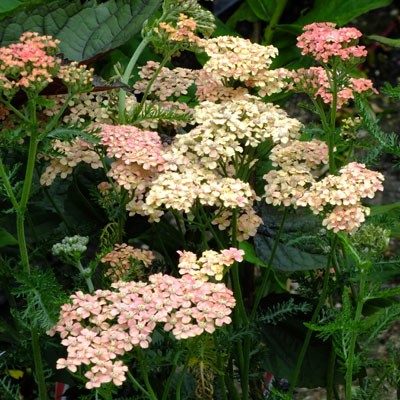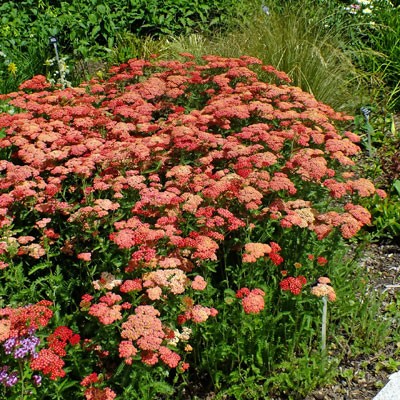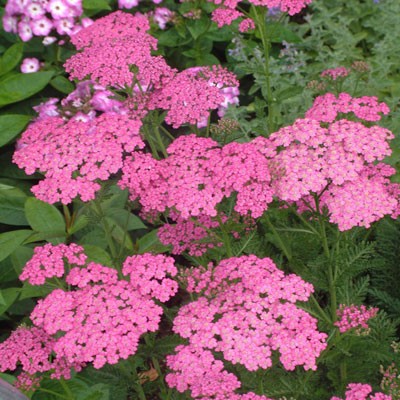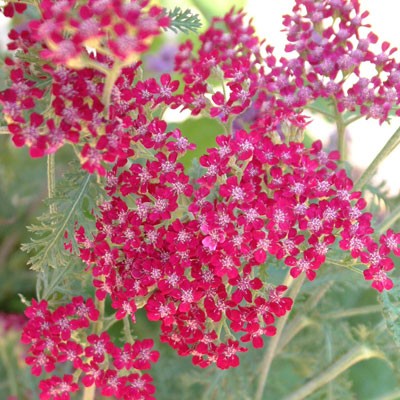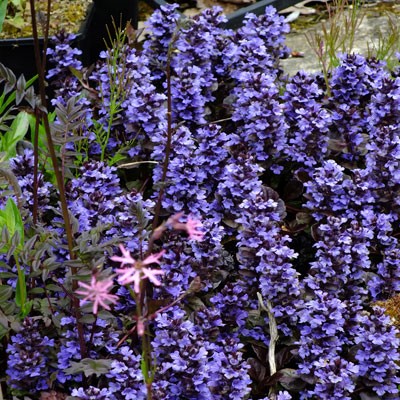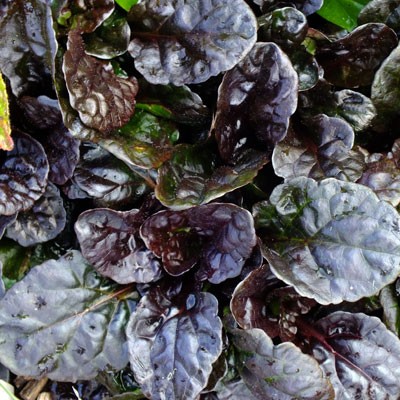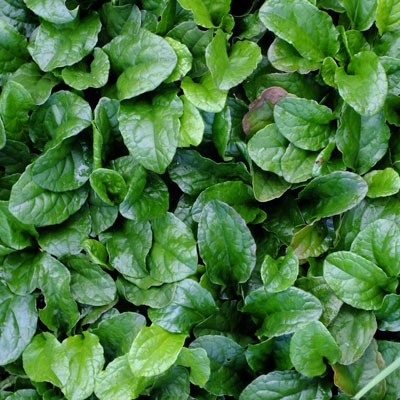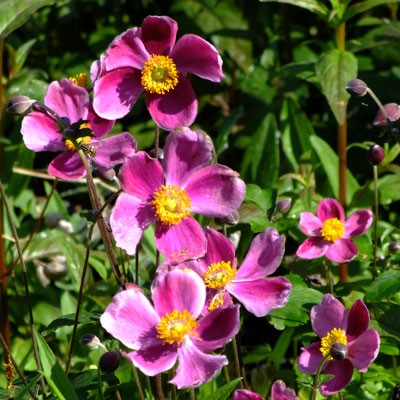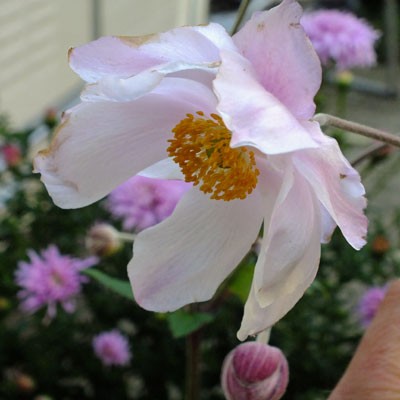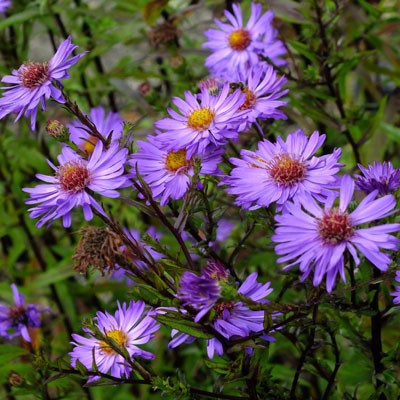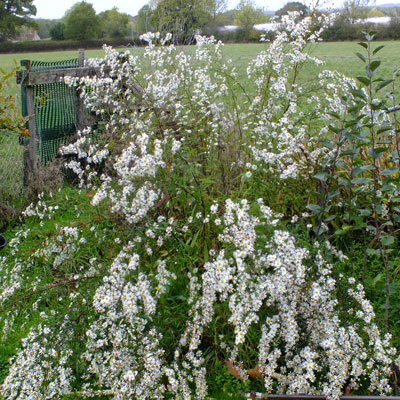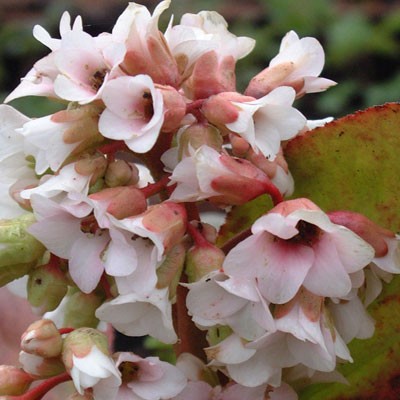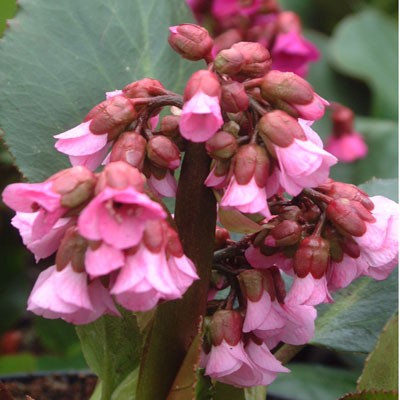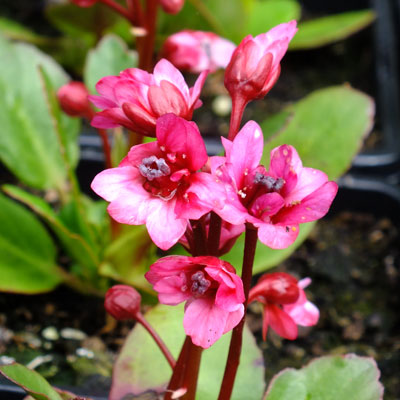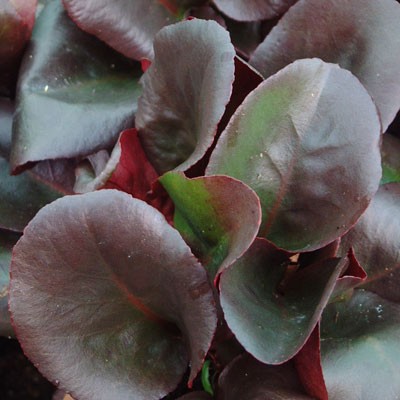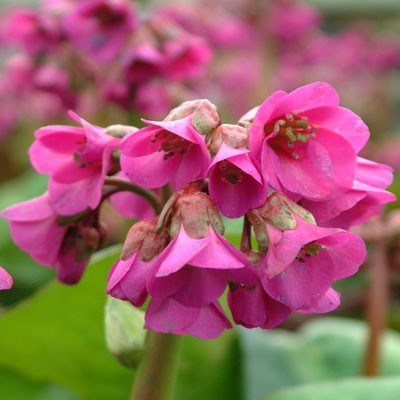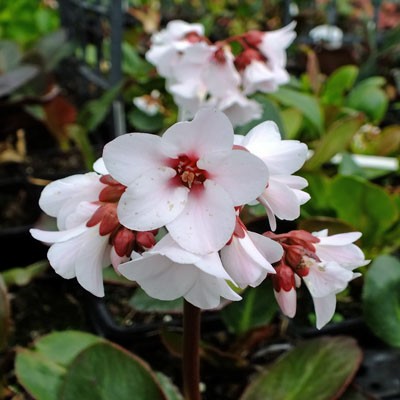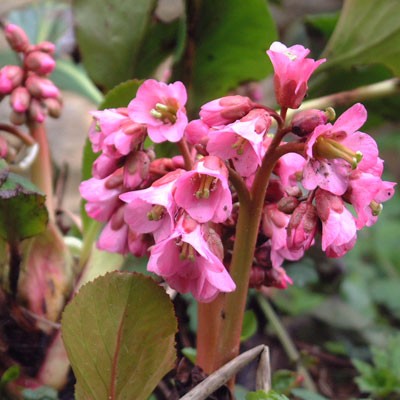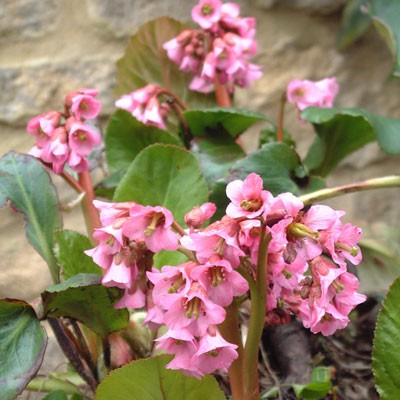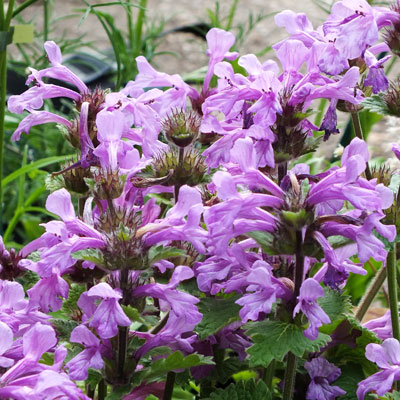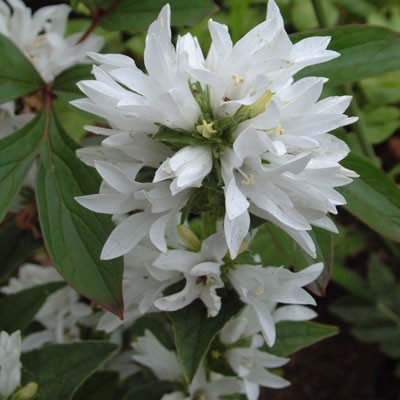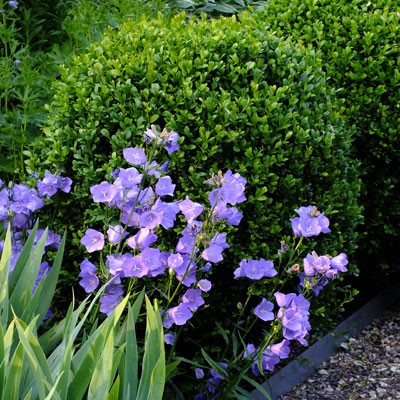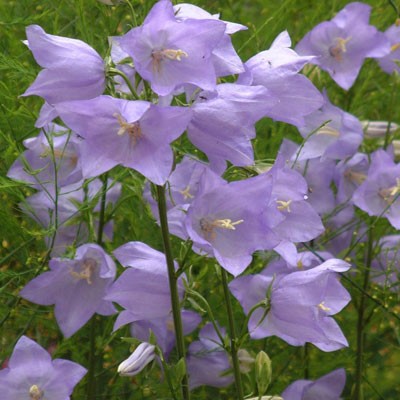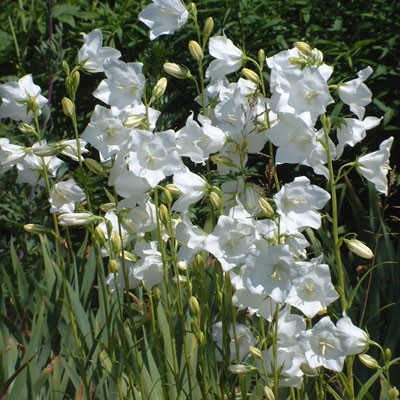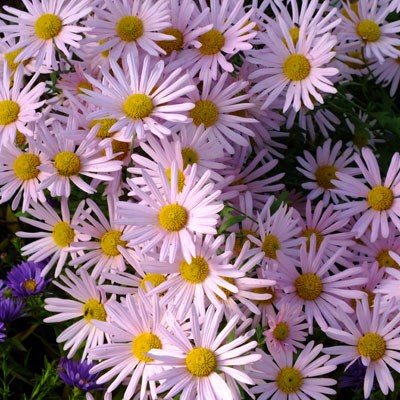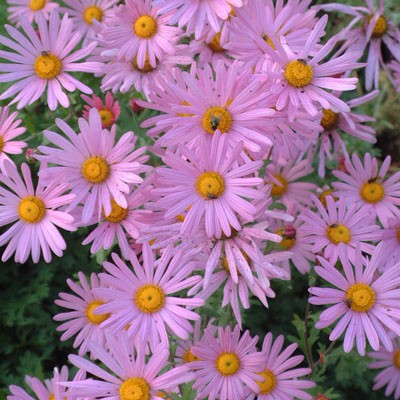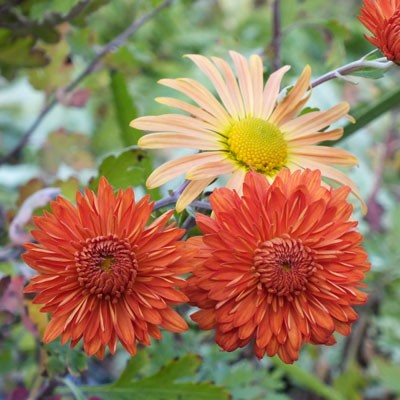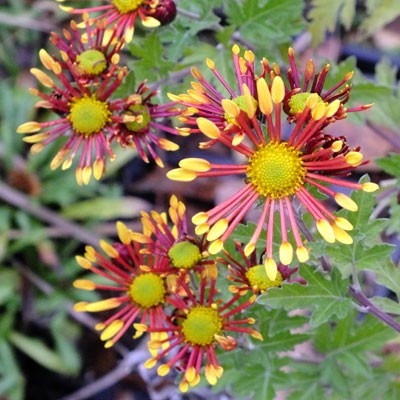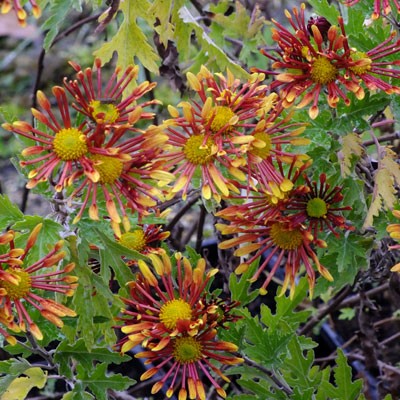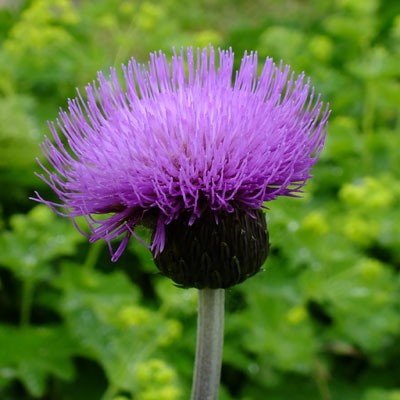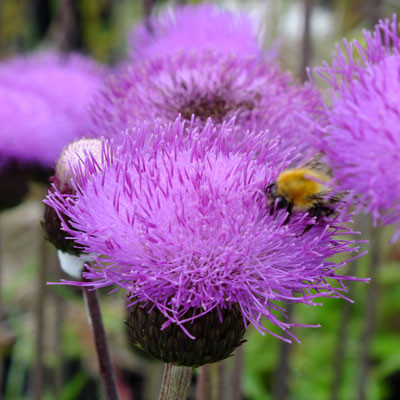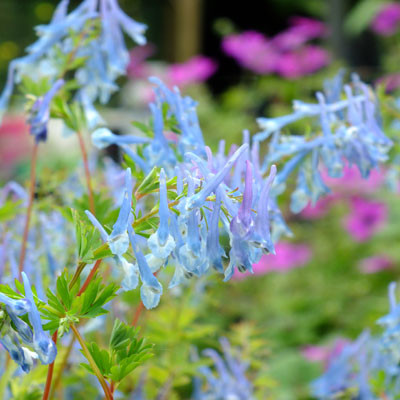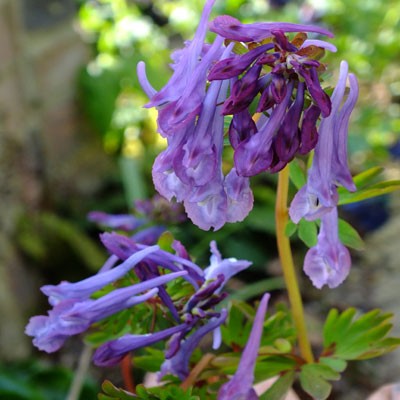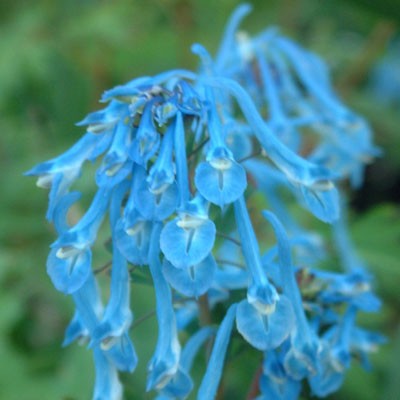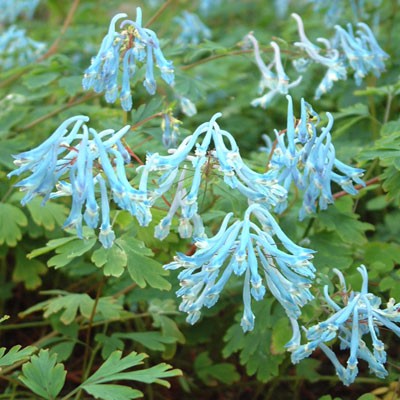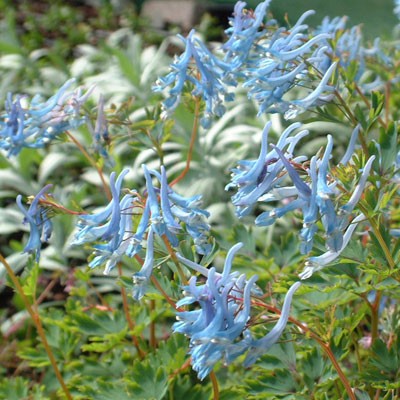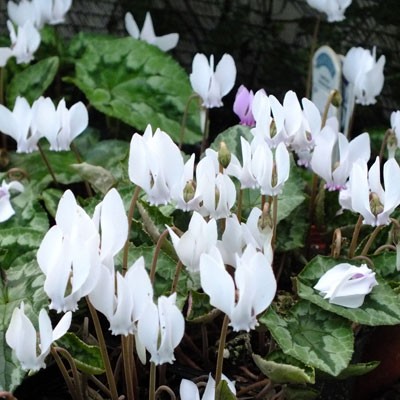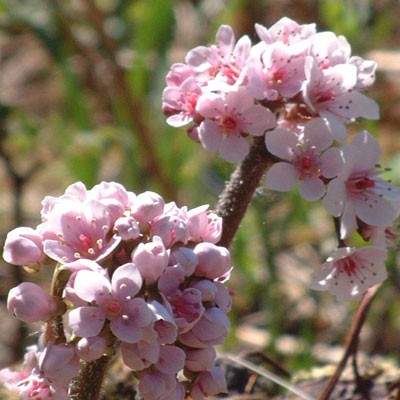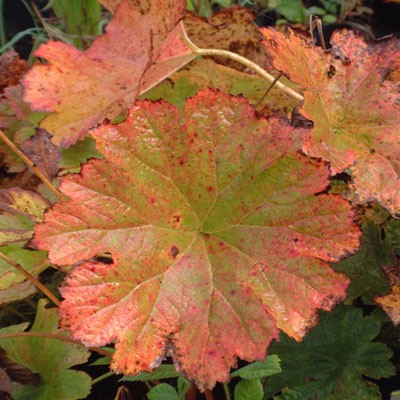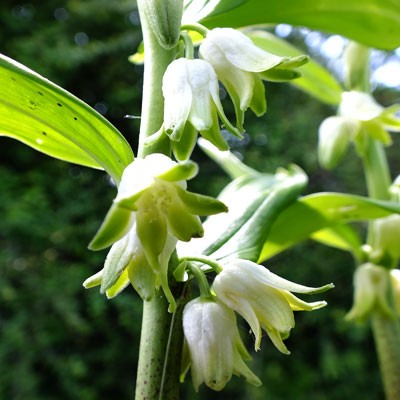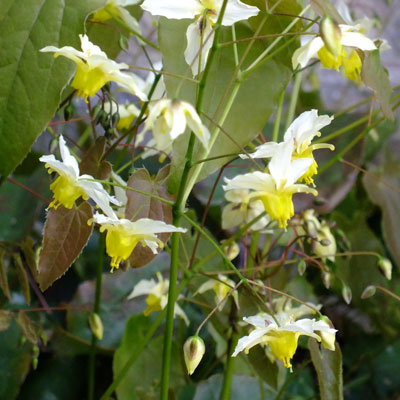Potsize - 3.5 inch round
These are plants we have selected out from the main batch which we know are pure white. Cyclamen hederifolium heralds the onset of Autumn when its charming pink or white reflexed flowers push their way above ground in late August. Cyclamen hederifolium is the easiest species to grow as it will withstand extreme cold and frozen conditions but also high summer temperatures when it is protected by its dormancy. They thrive in poor soil, make good companions to bulbs and will thrive anywhere that offers quick drainage and reasonable light (not overshadowed) when in leaf through Winter. The leaves make wonderful ground cover in many situations but especially in difficult dry areas under trees. They have wonderful marbled patterns and form close knit mats of thick textured ivy-shaped leaves, often with lovely purply reverses. The leaves arrive shortly after the flowers (in September) and persist through the dullest months until Summer heat drives them into dormancy.
Discount of 25p for 3-9 plants, 30p for 10 or more
Our plants are grown from seed collected from a variety of plants in the garden, (they are not collected from the wild), and are therefore contain a mixture of leaf patterns.
Links



